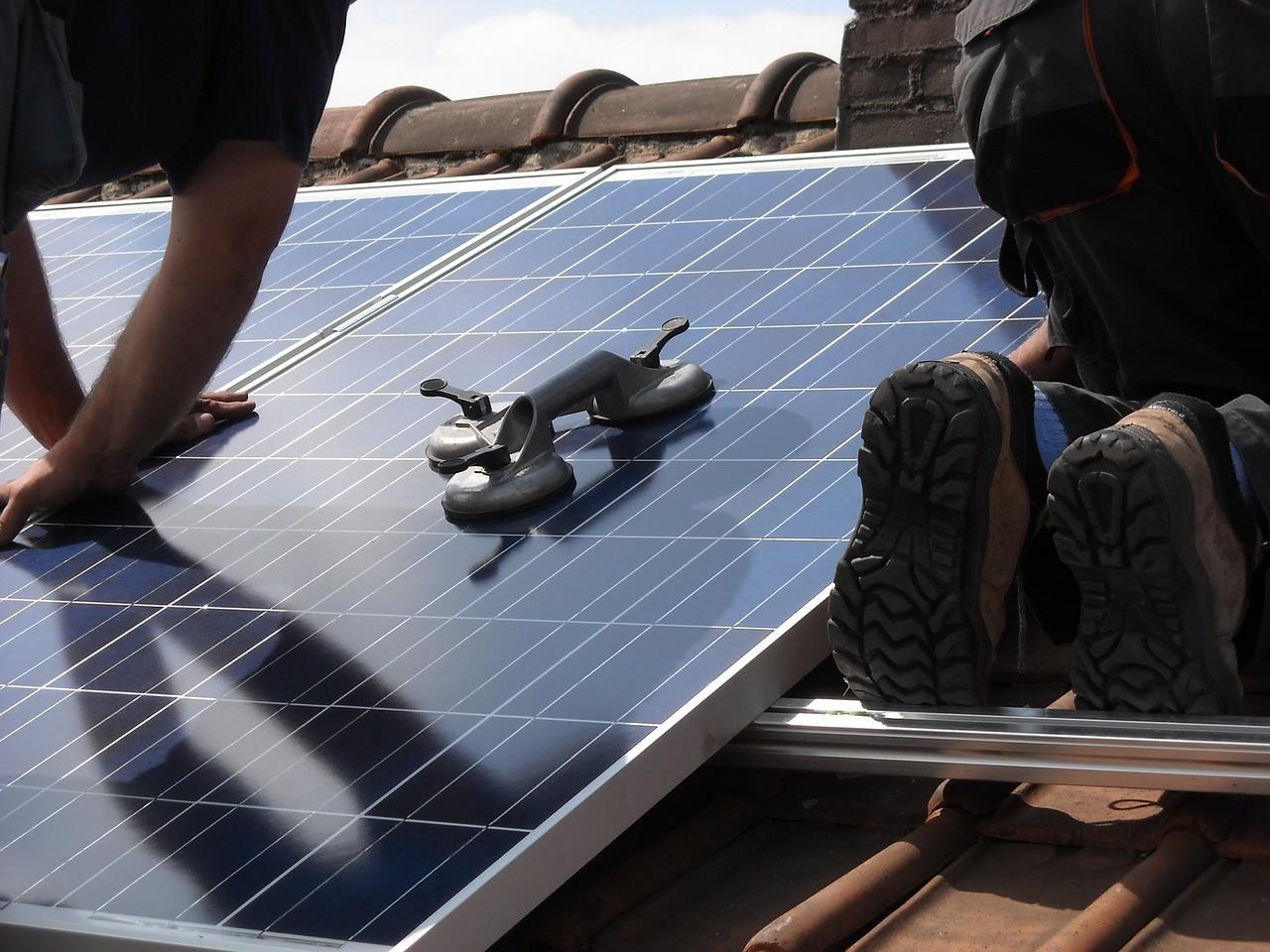
By Adam Feldman
The recent federal legislative action extending the Investment Tax Credit (ITC) and bonus depreciation with clarity through 2021 is, as many of my colleagues in the industry have already pointed out, likely to result in outsized returns for tax-equity investors who are no longer pressurized to place such investment capital during this calendar year. It also opens up opportunities for investors who have been on the sidelines to develop investment programs based on this increased visibility. Less noted, however, is the ability of tax-exempt entities – such as universities and municipally-owned utilities – to benefit from this extension.
With no ability to monetize the tax benefits that accrue from owning a solar system, such entities have been effectively forced to engage in power-purchase agreements (PPAs) or leases in order for a third-party to monetize these benefits (presumably, they are shared with the tax-exempt entity in the form of lower PPA or lease pricing).
A modified version of the PPA, in which the energy buyer pre-pays for a significant portion of the electricity the system will produce over the contract period (the chart above shows approximately 50 percent over an assumed 20-year contract period), can allow tax-exempt energy buyers with strong credit to leverage their financial standing to further reduce the total cost of the energy produced. In some cases, this can reduce the cost of energy by as much as 25 percent. (Note: For entities without strong credit but with the cash capabilities to make such a prepayment, regardless of tax status, this structure can also serve as a credit enhancement mechanism).
However, certain complexities in this structure, including the energy buyer’s need for reasonable levels of security in the asset itself combined with the tax-equity investor’s requirements around such security, require structural and legal undertakings that are typically only advisable for larger systems sizes (greater than 5 megawatts) so that the costs of these efforts can be allocated such that they do not outweigh their benefits. (Note: The prepayment structure can be employed without security for the energy buyer, significantly decreasing the costs, though trade offs must be contemplated thoroughly).
Because of the time required both to negotiate such contracts and to develop larger systems, over the last year the looming ITC cliff prevented many tax-exempt entities from pursuing prepaid PPAs. Even if such a structure was completed, the ability to replicate the effort was also in jeopardy because of the potential end of the ITC … Would it even be worth doing if it could only be done once?
With the clarity provided by the recent ITC and bonus depreciation extension, many tax-exempt entities now can – and should – embark on programmatic procurement strategies that employ the prepaid PPA. Further, such entities that have a desire to eventually own these assets can ensure a path to ownership by including purchase option rights within the contract. The time afforded by this extension not only allows larger projects that might not achieve operational status until 2017 to remain viable, but also creates a five-year window in which to replicate successfully-deployed structures, presumably more efficiently on the subsequent transactions given the completion of the efforts on the first.
Finally, on the investor side, tax equity investors willing and able to deploy resources into solar assets that efficiently employ the prepayment structure will realize further optimized returns. This structural alignment between the energy buyer and a single investor – with the prepayment, there is no need for the tax investor to take on either debt or a cash-equity partner – creates an ideal programmatic opportunity for deployment through the end of 2021.
Image credit: Pixabay
Chart courtesy of the author
A life-long resident of the San Francisco Bay Area, Adam Feldman was a co-founder and served as a Director at GSSG Solar, LLC from 2013 through 2015. Previously, while with SunEdison, Adam and his team successfully deployed the prepayment structure on a 35MW project in San Antonio, TX. He holds a BA in Business Economics from UCLA and an MBA with a focus on sustainability from Presidio Graduate School.
TriplePundit has published articles from over 1000 contributors. If you'd like to be a guest author, please get in touch!














